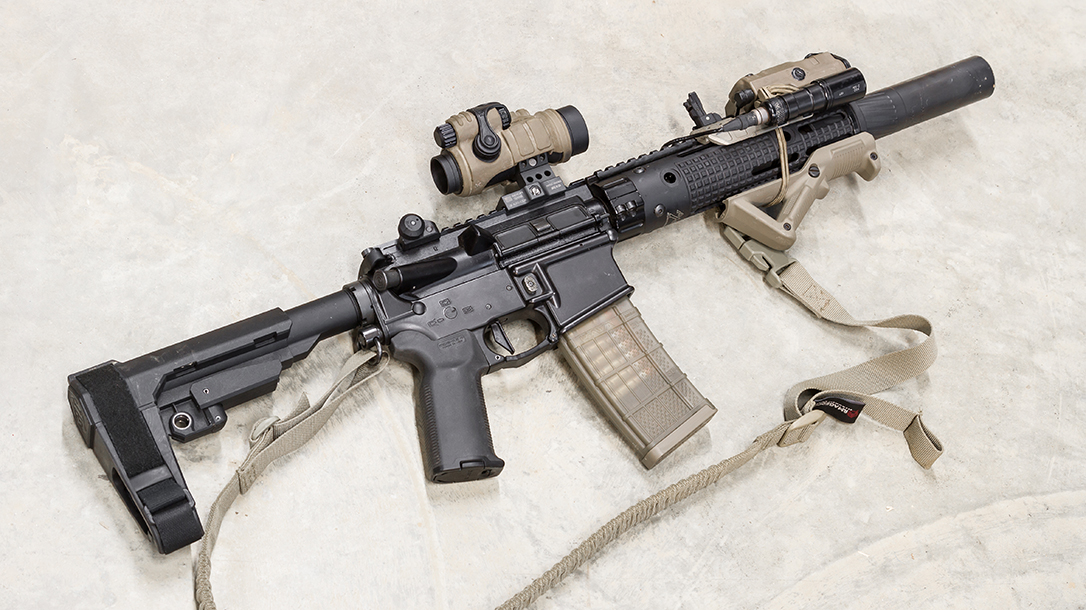
National Firearm Act laws governing the sales of silencers were also misunderstood at the time and silencer ownership was a mere sliver of what it is today. The 1994 Federal Crime Bill and Assault Weapon Ban did not help the subsonic cause, either, as threaded barrels on semi automatic rifles made them subject to the ban. Unfortunately, the round was trademarked by SSK and other manufacturers were unable to manufacture barrels or even brass and dies for the round. By varying the load, lighter bullets could be fired at supersonic levels with the power of the Soviet 7.62 x 39 or used with heavier bullets at a subsonic level for use with a sound suppressor.

Jones formed the brass from 221 Fireball cases expanded to take a. The 300 Blackout round has its roots in the 300 Whisper cartridge designed by JD Jones of SSK Industries in the early 1990s. Want to skip ahead in the guide? Use the links below:

It may not be the be-all and end-all cartridge, but for most shooters and hunters, 300 Blackout is worth taking a second look at. This relatively new cartridge has been around a bit longer than some might think and has its share of fans and detractors, but 300 Blackout has more than proven itself as a hunting, defensive and target round in that time. It has since become one of the most popular rounds to use with a suppressor. It was designed to be used in AR-pattern rifles with only a barrel change to convert a traditional AR-15 rifle from 5.56 NATO. One of the hottest new rounds to emerge in the past few years is 300 Blackout this is a true dual-purpose intermediate sized cartridge that can be fired in both subsonic and supersonic loads.


 0 kommentar(er)
0 kommentar(er)
